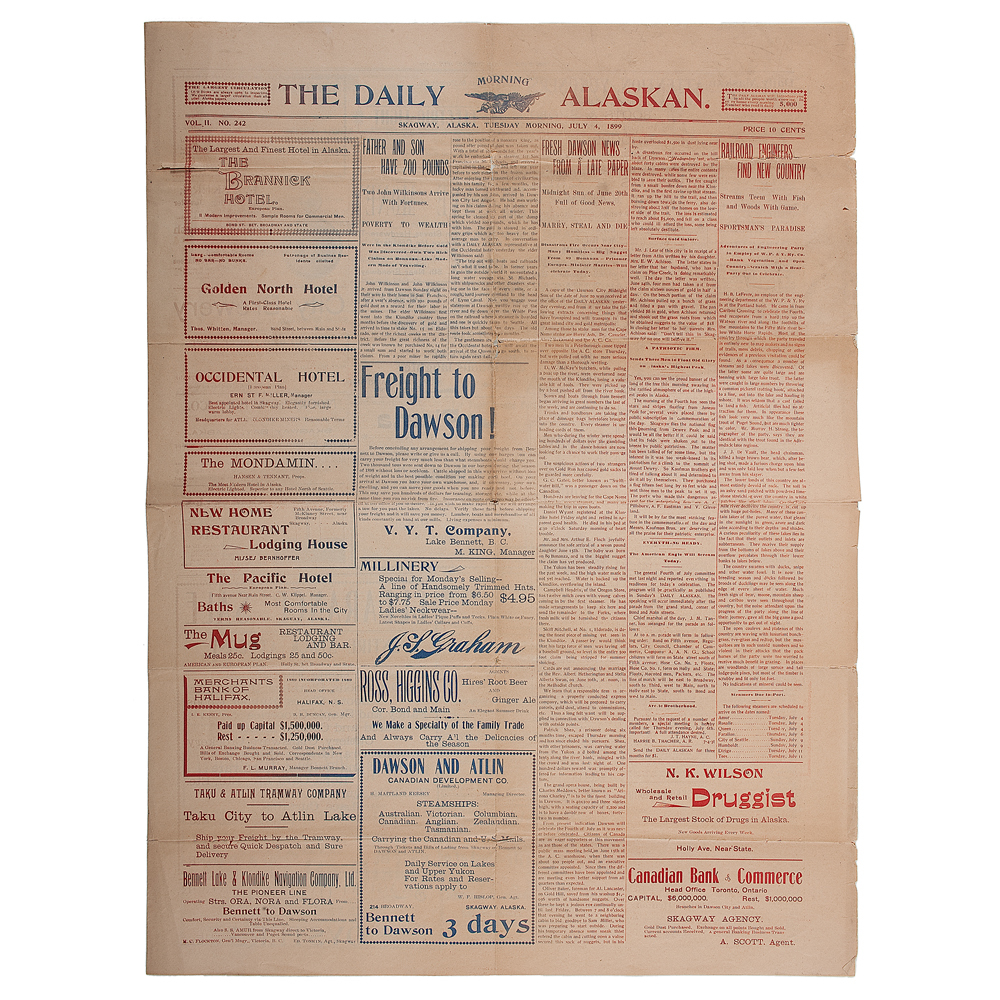Copyright 2020 by Gary L. Pullman
As we mentioned in a previous post, Wild West newspapers seem to have been fond of philosophizing about the causes and effects of humor. As the titles of these articles and columns indicate, there were divergent opinions and theories concerning the topic.
“What is Humor?” asks an article in the Saline County Journal (August 28, 1879). Of course, the anonymous author answers his own question straightaway, or, rather, offers various responses of experts on the matter.
For Melville De Lancey Landon, who went by the nom de plume Eli Perkins, humor derived from the exaggeration to be found in “telling a big yarn” and the 'ability to tell a funny thing in a funny manner.”
The Internet Archives website features several specimens of his funny stuff. Among others, his Off to Saratoga parades horse-racers, whose research enables them to foretell the future behavior of the thoroughbreds they investigate (“When the race comes off, they know every horse—his pedigree, what he has done, what he can do, and what he will do); gamblers, “a handsome set of rascals” whose ability to make money at their sport perplexes their observers until, at last, one discovers their secret (“They bring others to play, and when they have lost fortunes they get their receive a percentage as their commission from the owner of the bank”); and clergymen, who are nothing if not creative in their theology (Sunday is the “strongest day in the week” due to the fact that 'all the other days are week days”).
Putting up a stove is not so difficult in itself. It is the pipe that raises four-fifths of the mischief and all the dust. You may take down a stove with all the care in the world, and yet that pipe won’t come together again as it was before. You find this out when you are standing on a chair with your arms full of pipe, and your mouth full of soot. Your wife is standing on the floor in a position that enables her to see you, the pipe and the chair, and here she gives utterance to those remarks that are calculated to hasten a man into the extremes of insanity. Her apron is pinned over her waist, and her hands rest on her hips. She has got one of your hats on her head, and your linen coat on her back, and a pair of galoshes on her feet. There is about five cents’ worth of pot-black on her nose and a lot of flour on her chin, and altogether she is a spectacle that would inspire a dead man with distrust. And while you are up there trying to circumvent the awful contrariness of the pipe, and telling that you know some fool has been mixing it, she stands safely on the floor, and bombards you with such domestic mottoes as, “What’s the use of swearing so?” “You know no one has touched that pipe.” “You ain’t got any more patience than a child.” “Do be careful of that chair.” And then she goes off, and reappears with an armful more of pipe, and before you are aware of it she has got that pipe so horribly mixed up that it does seem no two pieces are alike.
Our columnist also mentions the names of better-known such humorists as Bret Harte, Artemus Ward, and, of course, the great humorist Mark Twain.
Most of “What Is Humor?” is about what humor is not or what it may be, in part. Answers to this question, of course, have long defied any authoritative answer and tend to elicit suggestions, rather than unified or even generally accepted, theories as to the nature and origin of humor itself, nor do these partial answers, to the extent that they are “answers” at all, much explain how and why humor “works.” The best we can hope for, our guide suggests, are glimpses of humor itself.
Paradoxically, our expert says, the humorist is quite often not amusing under ordinary circumstances or everyday conversations. At best, perhaps, he suggests, we can remark that humorists seem to possess the ability to combine “comicalities” in creative and amusing ways, a feat that can be accomplished on occasion, if not on a regular basis even by folks who are not known to be funny (and maybe do not intend to be so).
Ward witnessed this very phenomenon firsthand after one of his performances, when he “was outdone by one of his hearers who came up to him after the lecture was over.” Ward had performed before an “audience [that] had been [so] unusually dull [that] only a man over in one corner, now and then, encouraged the funny man.” After the lecture, this man approached the humorist:
. . . Said he to Ward:
“I say, you do not know me?”
“I do not,” said Ward.
“What, you don't know me,” the man shrieked in surprise, “why I was the man that laughed!” Ward shook himself out of town, convinced that he had met a funny man at last.”—Bart L. Bonsall, the “Postal Pellet,” Man of the Camden (N. J.) Post










